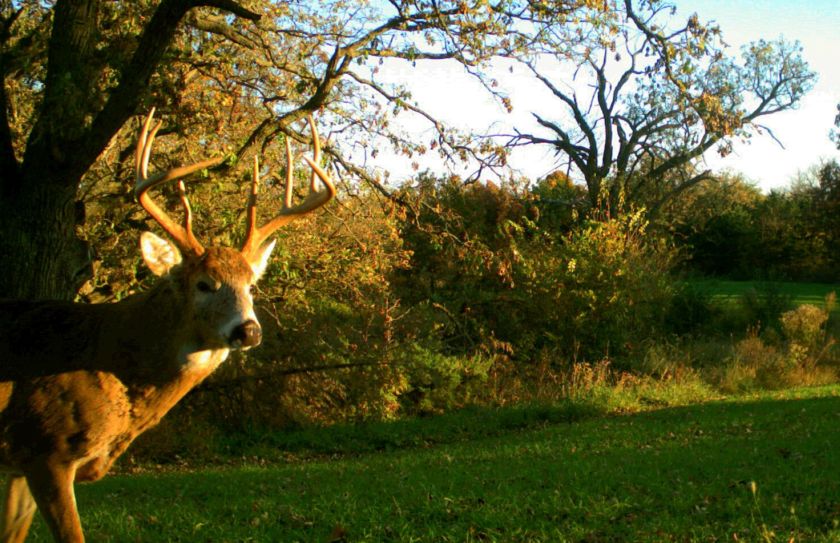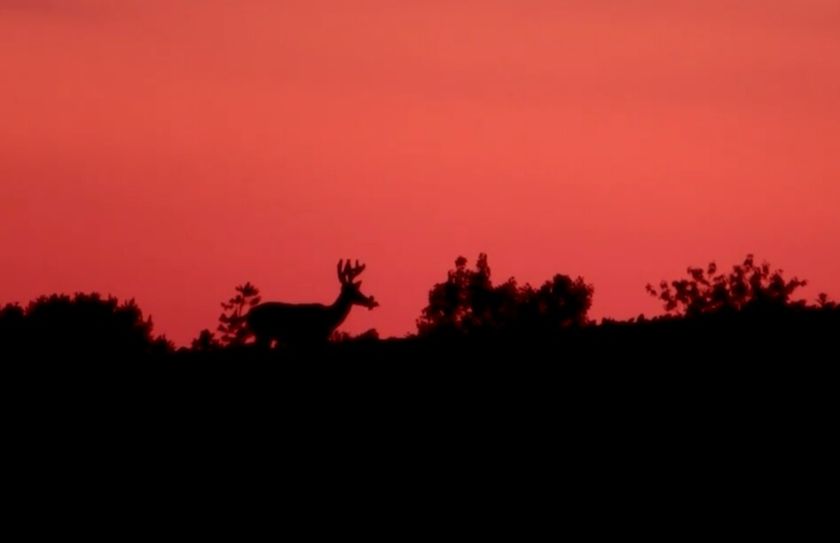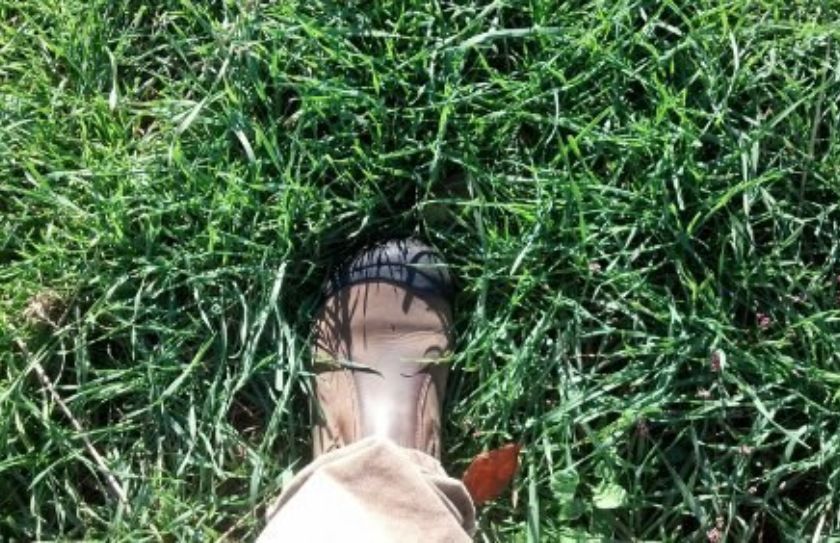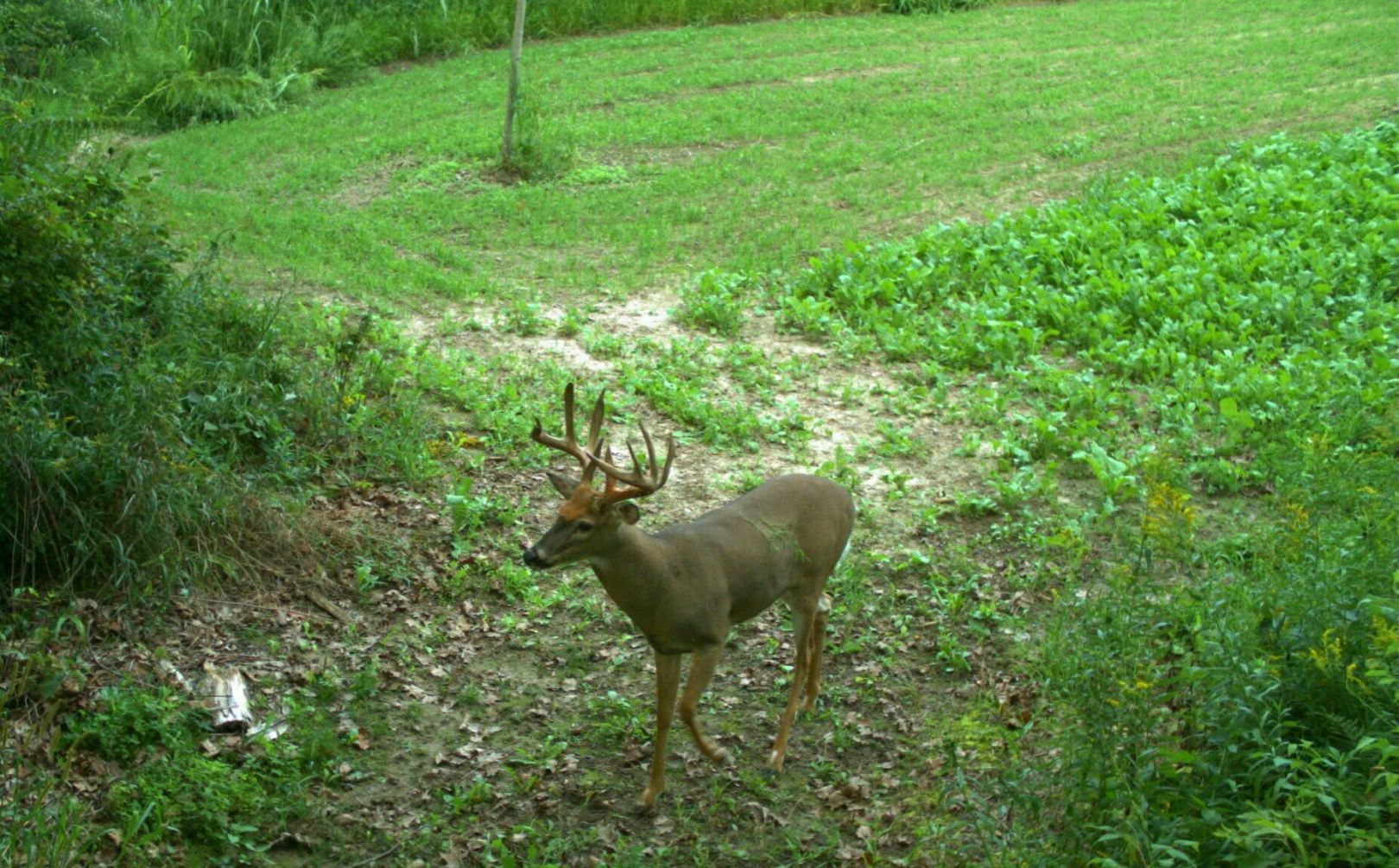
Forage diversity is critical when it comes to creating shooting hours deer movement travel patterns, on your land. Are you surrounded by alfalfa? Then adding the same on your land, hinders your ability to define predictable deer movements. Are you surrounded by corn and beans? Then offering the same on your own land, will limit your ability to predictably create quality habitat, herd and hunting opportunities. Do you offer enough forage diversity to create highly predictable and consistent deer movements during shooting hours, on your land?

Your food plot, habitat and deer management success will not be determined by the planting of the latest "magic bean", but instead by understanding the strategy of installing habitat and hunting improvements, first. To make sure that you are on the right track for creating shooting hours deer movement, check out my Trilogy of Advanced Herd, Habitat and Hunting Books.
Enough Forage Diversity:
Deer need diversity and deer crave diversity. Without diversity, landowners lack the ability to realize their potential for creating shooting hours deer movement patterns. In many ag areas, deer feed and bed within corn, bean and hay fields during the entire night. Deer feed 5 times in a 24 hour period, which means 2 times during the day within their bedding areas, once during their afternoon daily movement (the strongest and most predictable deer movement in the woods), and then twice during the night. Although the daytime bedding area feedings are very important, the afternoon feeding movement is the most important out of the 5 feeding times. The afternoon movement offers a level of control and prediction like no other. In fact a parcel should be built on controlling the afternoon feeding movement. When you control the afternoon feeding time, you control your ability to not only create a quality deer herd, but to protect or shoot that deer herd as you see fit, including the most mature bucks in the area.
Shooting Hours Deer Movement is Critical:
Deer feeding and social patterns under the cover of darkness, are the most unpredictable movements to predict. While a mature buck may often occupy an area covering 1 acre or less during the daytime, his night time wanderings could include miles of randomness. What I have experienced is that the smallest acreage area of a whitetail's 24 hour habitat travel pattern, is during the hours of it's daytime bedding area use. Therefore, if you offer highly defined afternoon food sources within likely travel routes for whitetails, you can easily create a high level of predictable daily use. And if you create definition in deer travel, you create the opportunity for highly defined hunting and herd management strategies. Although the nightly wanderings of whitetails may be extremely far reaching, their movements during shooting hours are precise, compact and dependable, while ultimately reflecting their extremely tight bedding, travel and afternoon patterns of movement. Creating a high level of control for the afternoon feeding movement, is an extremely great opportunity for you as a landowner and hunter. The potential level of bedding to feeding, deer movement control, should not be underestimated.
Important Deer Movement Planting Tip:
The last thing you want to offer for a food plot forage, is what deer are already feeding on, all night. Offering deer more of the same , creates afternoon movement patterns that become. For example, can you imagine offering a soybean food plot, when your land is surrounded by soybeans? If your bean plot is directly in a limited travel route on the way to surrounding beans, then whiteails may react favorably. However, when deer have to travel well out of their way to reach your food source, before turning back to feed during the entire night on similar food sources, they often choose to exit early to your neighbors. Instead, by offering a high quality alternative, you can offer precision opportunities for daytime afternoon movements, before sending deer off to neighboring random plantings all night, in particular when that offering is in the form of green.
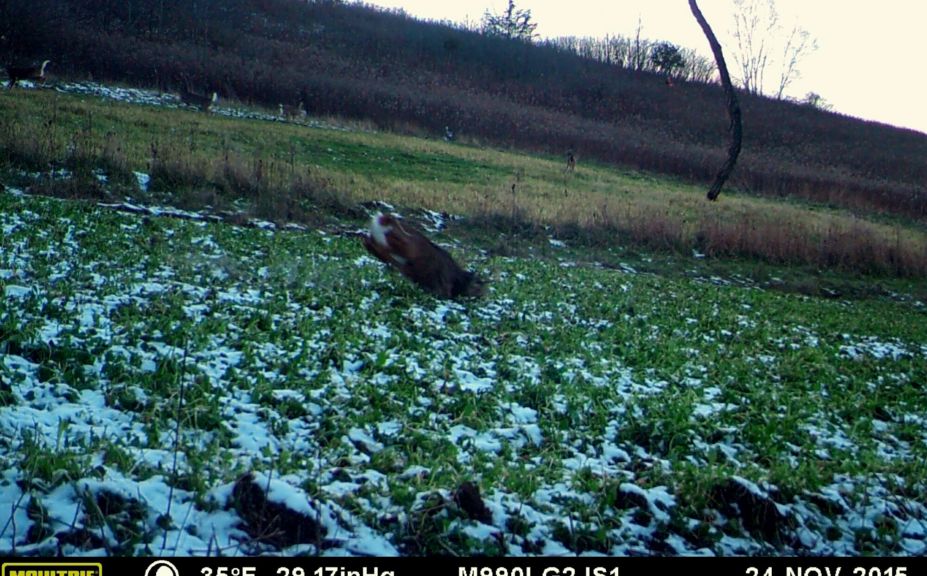
*Regardless of what you plant to achieve a high level of control, for shooting hour deer movements, if you over-pressure your food plots, you will destroy your hunting and herd management opportunities. Can't get enough advanced food plot strategy tips? Then check out "8 Kill Plot Strategies for Whitetails".
What Should You Plant?
If beans, corn or hay is plentiful in your area, you should most likely seek another forage priority. This is not to suggest that those familiar forages shouldn't be one of your choices to include within a highly strategic food plot program, but instead, that they should probably not be your first choice. For example, if a landowner were to use a high percentage of beans in a plot, on a parcel surrounded by beans, they most likely would lack the power to define afternoon feeding opportunities because the food plots that they offer, would just be more of the same. The same could be said for corn as well. Within typical agricultural settings, rotations of corn and beans rule the landscape. So in a setting that provides a mono culture ot traditional rotations, I have found a great deal of success across many states, by offering plantings featuring a variety of alternate qualities: Greens.
Why Greens Within Traditional Agricultural Locations?
What I have experienced works very well is offering green, to deer that have been feeding on woody shoots, briars, acorns and woody forages all day. They crave greens at that point! Can you imagine? Deer that have been feeding within their bedding areas on various forms of hard-to-digest, dry, mid-quality ruffages all day, will gravitate to highly digestable food sources, featuring high moisture content levels. Greens are highly digestible, contain high moisture content and have a huge amount of power to capture, control and define afternoon movements.
Some of my favorite greens are brassicas (including tillage radish, rape and turnip varieties), Winter rye, oats, peas, wheat and clover. When it is time to choose your favorite variety of greens to plant, make sure to plant the forage types that will offer enough volume to last the entire season. Staggering layered plantings of oats, peas and then rye can offer extremely high volumes of food, but there are times when brassicas blrnds and even clover, could be better for your conditions.
Do You Want to Increase Deer Movements During Shooting Hours On Your Land?
When your food plot forages offer a high % of just more of the same, you will often lack the power to create afternoon, defined, and predictable daylight movements. Which way will deer turn when they leavel their daytime bedding areas? Your guess is as good as mine, if you do not offer forages that are completely different, than what surrounds you. Forage diversity is the key for controlling shooting hours deer movement patterns, so don't miss out on the incredible opportunity that you have to not only offer attractive food plot plantings, but to create the opportunity to spcifically control the micro-patterns of afternoon feeding patterns.
